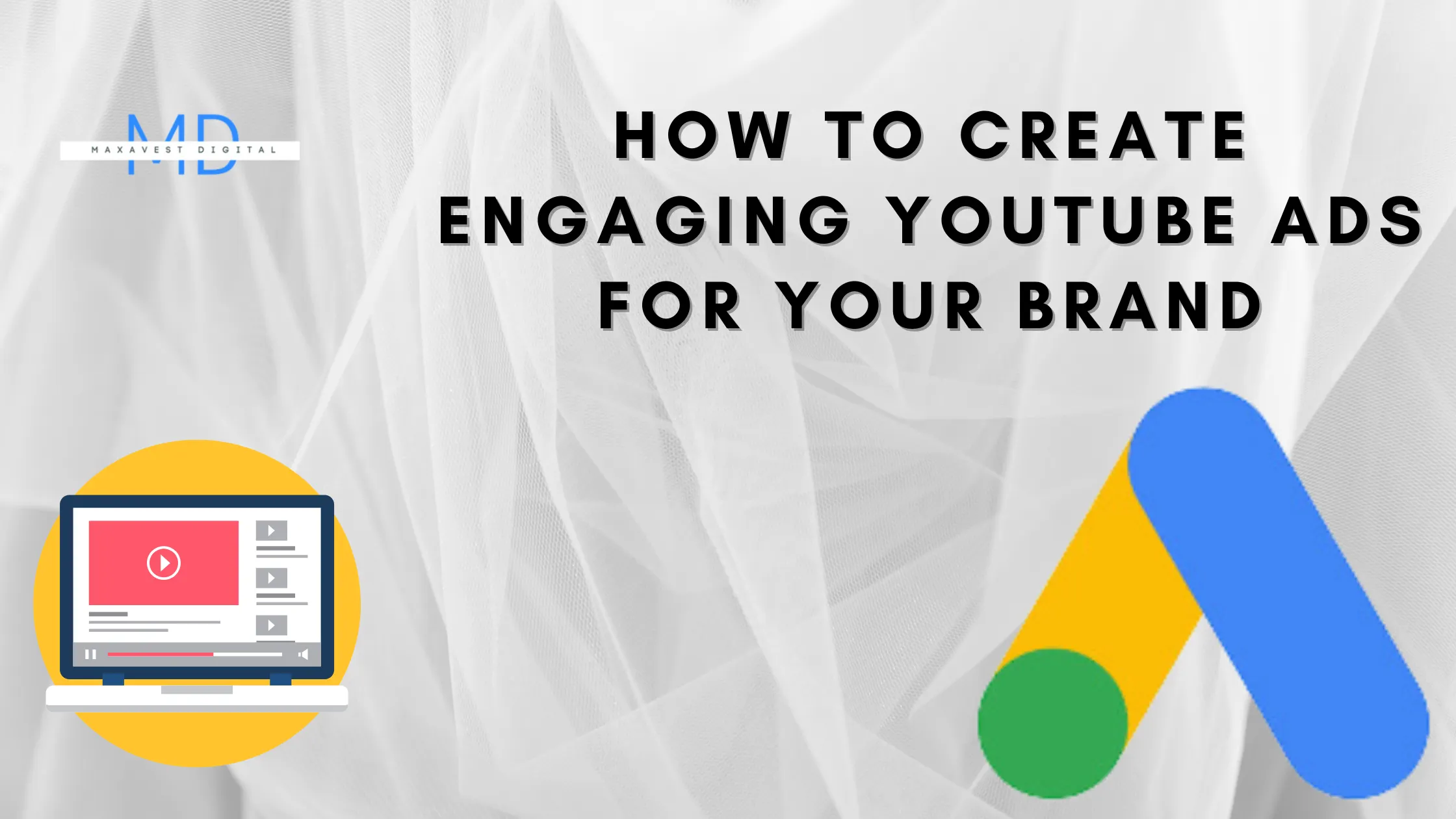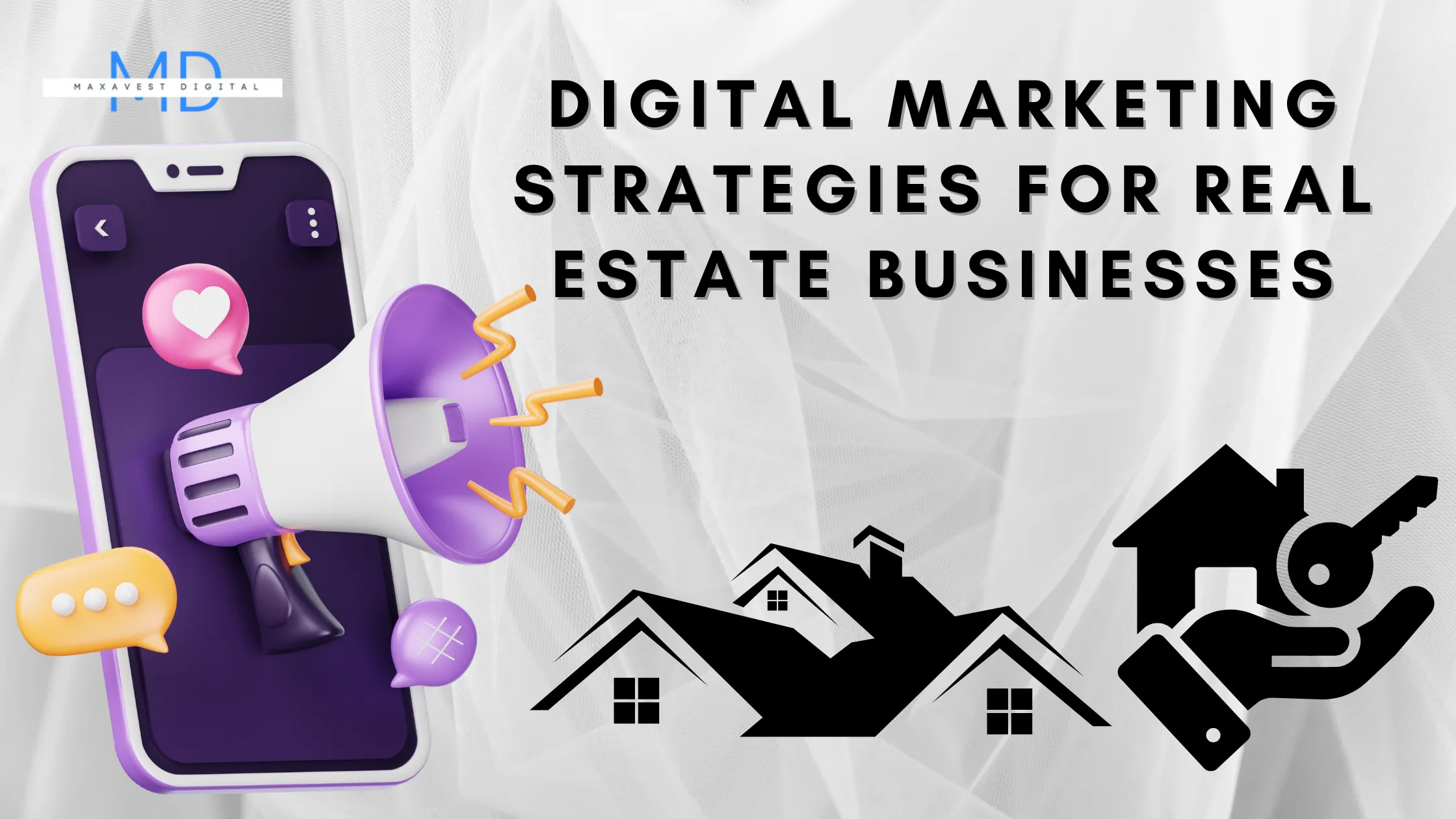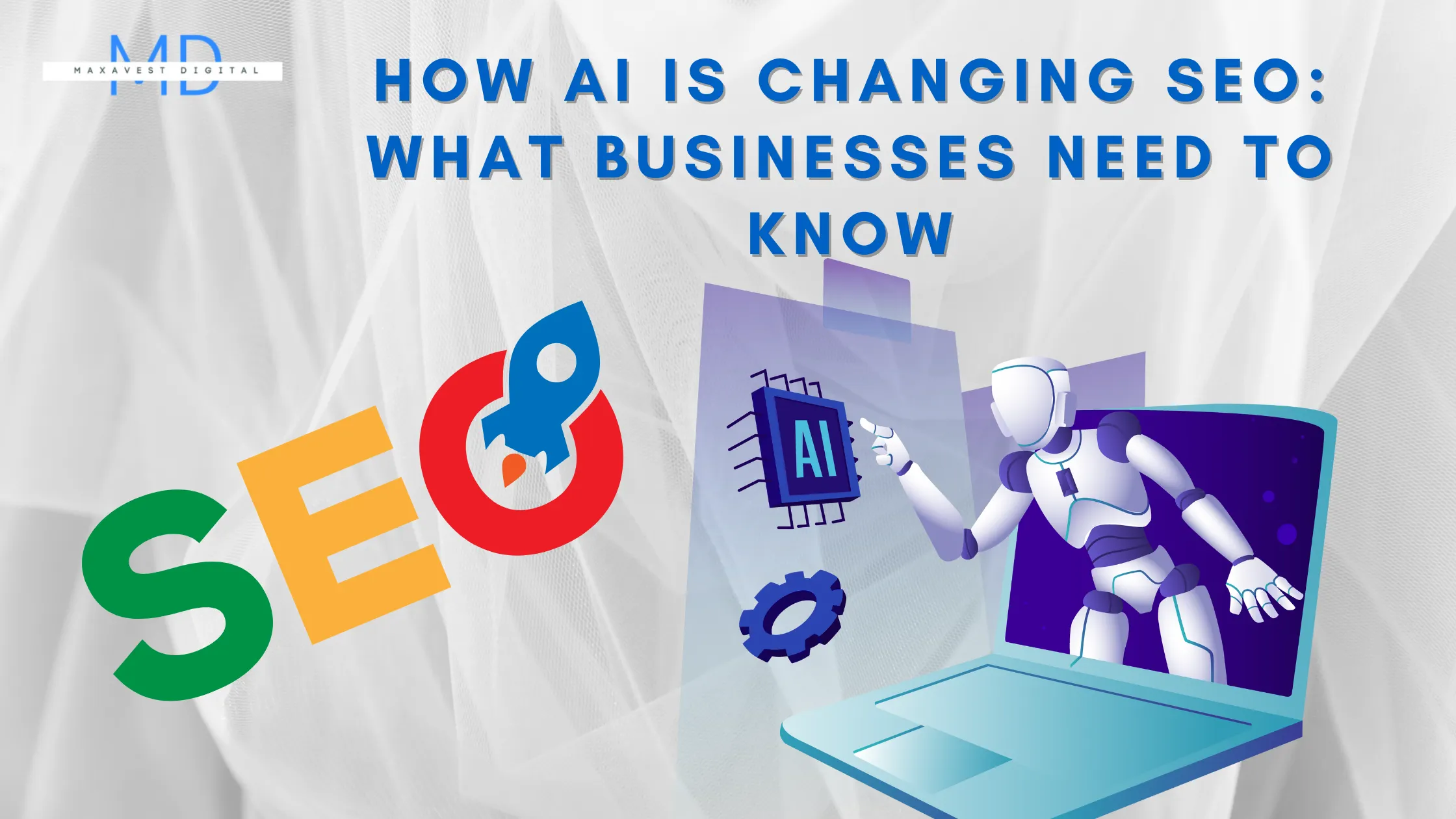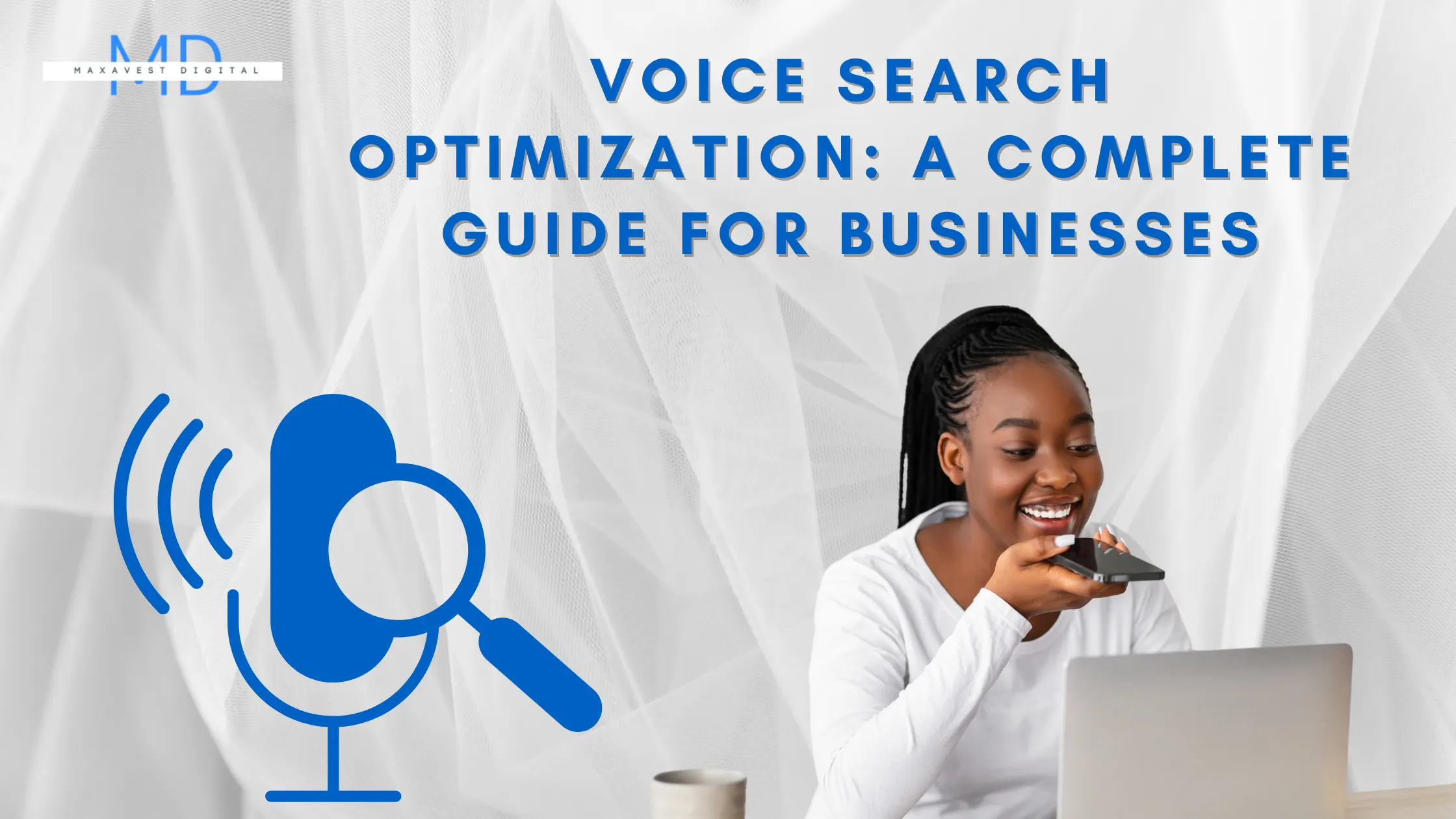Google Ads vs. Facebook Ads: Which is Better for Your Brand?
Discover the key differences between Google Ads and Facebook Ads, and learn which platform is best suited to drive your brand's growth, maximize ROI, and engage your ideal audience effectively.

By Gbenga Akinyemi
Introduction
Why Choosing the Right Ad Platform Matters for Your Brand's Growth
In the fast-evolving digital marketing landscape, the right ad platform can be the difference between exponential growth and stagnation. Every business, regardless of size, needs to extend its reach and engage potential customers where they are most active. Google Ads and Facebook Ads dominate the paid media landscape, but they operate in distinctly different ways. The key question isn’t just which is better overall, but which is better for your brand’s unique goals. Whether you're looking to drive sales, build brand awareness, or simply get your message in front of the right people, the platform you choose will shape your advertising success.
A Quick Overview of Google Ads and Facebook Ads
Google Ads and Facebook Ads, while often discussed in the same breath, cater to different audience behaviors and stages of the buyer’s journey. Google Ads focuses on search intent—reaching users actively looking for something specific. Facebook Ads, on the other hand, leverage social engagement, targeting users based on their interests, behaviors, and demographic data, often reaching them at a more casual or exploratory stage of their journey. Understanding these fundamental differences is essential in determining where to focus your marketing efforts.
Understanding Google Ads
What Are Google Ads? A Breakdown of the Platform
Google Ads is Google’s paid advertising platform, allowing businesses to create ads that appear across Google Search, YouTube, and millions of partner websites. It is built around a pay-per-click (PPC) model where advertisers bid on keywords relevant to their business, with the goal of appearing when users search for those terms. Google Ads is best suited for businesses that want to capitalize on high-intent search traffic. In short, Google Ads ensures your brand shows up precisely when someone is actively looking for something related to what you offer.
The Power of Search Intent: How Google Ads Target Users at the Right Moment
Search intent is the driving force behind Google Ads' effectiveness. When someone types a query into Google, they are often already in the decision-making process. They have a clear intent, whether it’s finding a product, service, or information. Google Ads positions your brand in front of this highly motivated audience, increasing the likelihood of conversions. This ability to target users at the precise moment they’re ready to take action is one of the platform’s greatest strengths.
The Types of Google Ads You Should Know (Search, Display, Shopping, Video)
Google Ads offers a variety of formats tailored to different marketing objectives:
- Search Ads: Text-based ads that appear in Google search results.
- Display Ads: Visually engaging ads that appear on websites in Google’s Display Network.
- Shopping Ads: Product listings that show detailed information about individual products, including prices and images.
- Video Ads: Ads that appear on YouTube, either before or during video content, or across Google's video partner sites.
Each of these ad types can be tailored to meet specific marketing goals, from driving immediate sales to increasing brand awareness.
How Google’s Algorithm Delivers Results and What It Means for Your Campaigns
Google’s ad delivery system relies on a complex algorithm that balances factors like your bid amount, ad relevance, landing page quality, and expected click-through rates. This ensures that not only the highest-paying ads are displayed but those most likely to be helpful to the user. The algorithm’s ability to prioritize ad relevance means businesses with smaller budgets can still compete effectively by crafting high-quality, well-targeted ads.
Understanding Facebook Ads
What Are Facebook Ads? Exploring the Facebook Ad Ecosystem
Facebook Ads function within Meta’s expansive ecosystem, which includes Instagram, Messenger, and Facebook itself. The platform’s strength lies in its ability to target users based on a wealth of personal data, including interests, behaviors, and social connections. Rather than focusing on intent like Google, Facebook excels at creating awareness and engagement with users who may not yet be actively searching but are predisposed to certain interests or needs.
Tapping into Interests and Behavior: Facebook's Unique Audience Targeting
Facebook’s audience targeting capabilities are unparalleled. Advertisers can narrow down their audience based on detailed demographics, lifestyle preferences, and user behaviors. From targeting outdoor enthusiasts to reaching professionals in niche industries, Facebook Ads provide precision targeting that lets brands deliver highly relevant ads to the right people. Furthermore, its ability to create "Lookalike Audiences" from your existing customer base makes it an invaluable tool for scaling.
The Various Facebook Ad Formats Explained (Image, Video, Carousel, Collection)
Facebook offers a range of ad formats designed to engage users in different ways:
- Image Ads: Single static images with captions designed for simplicity and clarity.
- Video Ads: Ideal for storytelling, allowing brands to convey a deeper narrative or demonstrate products in action.
- Carousel Ads: These ads let users swipe through multiple images or videos, offering a multi-faceted approach to showcasing products.
- Collection Ads: Mobile-optimized ads that combine images and video to make the online shopping experience feel seamless.
Each format can be strategically used depending on your campaign’s goal, whether it’s to generate leads, build awareness, or drive direct sales.
Facebook’s Ad Placement Options: From Newsfeed to Stories
Facebook Ads can be placed across a wide range of locations, including:
- Newsfeed: The main scrollable feed, where ads appear between organic posts.
- Stories: Short, vertical video ads placed within Stories, which offer a highly engaging, immersive experience.
- Messenger: Ads that appear within Facebook Messenger, designed to initiate conversations.
- Instagram: Ads that leverage Instagram’s visual-centric platform for a different audience segment.
This variety in placement ensures that your ads can reach users in the format they engage with most often.
Cost Considerations: Which Platform is Easier on Your Budget?
Comparing CPC (Cost-per-Click) on Google Ads vs. Facebook Ads
Cost-per-click (CPC) is a crucial metric for advertisers because it directly impacts the cost-effectiveness of your campaigns. Generally, Google Ads tend to have a higher CPC, particularly in competitive industries like legal services or finance. This is due to the high intent associated with Google searches. Facebook Ads, conversely, often have lower CPCs but may require more touches to convert users, as people aren’t necessarily in a buying mindset when engaging with social media content.
Exploring the Cost of Conversions: Which Platform Offers Better ROI?
While Facebook Ads may offer lower CPCs, the cost per conversion can vary greatly depending on your product and audience. Facebook excels at building awareness and engagement, which can lead to conversions over time. Google Ads, on the other hand, often result in faster conversions because users are further along in their decision-making process. The best platform for ROI depends on your sales funnel: Google Ads for immediate conversion, Facebook for long-term nurturing.
Audience Targeting Capabilities: Where Can You Find Your Ideal Customer?
Google Ads: How to Reach Users Based on Keywords and Search Queries
Google Ads lets you target users based on the keywords they search for. This means you can reach individuals who are actively seeking solutions, making it a prime platform for driving direct sales. With keyword targeting, you control when and where your ads appear, ensuring your message is seen by users most likely to convert.
Facebook Ads: Leveraging Detailed Demographics, Interests, and Lookalike Audiences
Facebook Ads allow for precision targeting based on detailed user data, from age and location to lifestyle and interests. This is a powerful advantage when trying to build brand awareness or attract niche audiences. Additionally, Facebook’s Lookalike Audience tool is a powerful feature, enabling you to reach new users who exhibit similar characteristics to your existing customers.
The Role of Retargeting on Both Platforms: Who Does It Better?
Both Google and Facebook offer robust retargeting options. Google’s retargeting capabilities shine through the Display Network, showing ads to users across millions of websites after they’ve visited your site. Facebook’s retargeting, on the other hand, benefits from deep user engagement data, allowing you to serve ads based on how users interact with your content, both on and off Facebook. Ultimately, both platforms excel at keeping your brand top-of-mind with potential customers.
Ad Performance: Clicks vs. Engagement—What Should You Measure?
Google Ads Metrics: Impressions, Clicks, and Conversions
On Google Ads, the most critical metrics include impressions (how often your ad is seen), clicks, and conversions (the desired action taken by users, such as a purchase or sign-up). Since Google focuses on search intent, measuring conversions is often the key indicator of success, as it directly reflects user action.
How to Reduce Your Cost-Per-Click (CPC) Without Sacrificing Quality
Facebook Ads Metrics: Engagement, Reach, and Social Proof
Facebook Ads provide different key metrics, such as engagement (likes, shares, comments), reach (the total number of users who see your ad), and social proof (evidence that others are interacting with your content). These metrics are invaluable for building brand credibility and long-term customer relationships. While direct conversions are important, engagement metrics are also a leading indicator of future sales.
Evaluating the Long-Term Benefits: Customer Acquisition vs. Brand Awareness
Google Ads are often used for quick customer acquisition due to the high intent of users, whereas Facebook Ads are better for building sustained brand awareness. For businesses looking to grow their audience and foster loyalty, Facebook is ideal for laying the groundwork for long-term relationships. Google is a more direct route to immediate sales.
Creative Flexibility: Which Platform Allows for More Creativity?
Google Ads: Crafting the Perfect Text Ad or Visual Display Ad
Google Ads typically requires concise, action-oriented text for search ads, where you have limited space to convey your message. Display ads offer more creative freedom with visuals, but they must stand out in a sea of competing content. The focus is often on efficiency and relevance, as users are more likely to click on ads that provide an immediate solution to their query.
Facebook Ads: Engaging Audiences with Storytelling through Video, Carousel, and Visual Content
Facebook Ads are designed to be highly engaging and visually appealing. Whether through video, carousel ads, or static images, Facebook encourages brands to tell stories and build emotional connections. This creative flexibility makes Facebook ideal for brands looking to engage their audience on a deeper level, beyond just transactional interactions.
Maximizing ROI on Google Ads: Tips for Small Businesses
When to Use Google Ads
High Intent Search Traffic: Perfect for Brands Looking for Quick Conversions
Google Ads should be your go-to if your goal is to capture high-intent traffic that is ready to convert. Users on Google are often already in the purchasing process, making this platform ideal for driving immediate sales or leads.
Local Search Domination: Using Google Ads to Drive Traffic to Physical Stores
For businesses that rely on local customers, Google Ads offers powerful location-based targeting. By appearing in local search results and Google Maps, you can drive foot traffic to your physical store, a critical advantage for local businesses in competitive markets.
A/B Testing on Google: Improving Ad Performance Over Time
Google Ads’ A/B testing capabilities allow you to test different versions of your ads to see which performs best. Whether testing different ad copy, keywords, or bidding strategies, this data-driven approach ensures that your campaigns continuously improve over time.
When to Use Facebook Ads
Building Brand Loyalty: The Power of Facebook’s Visual Ads for Awareness Campaigns
Facebook excels at building brand loyalty by nurturing long-term relationships with users. Through engaging visuals and storytelling, you can keep your brand top of mind, even when users aren’t actively looking to buy. Over time, this can result in deeper brand loyalty and higher lifetime customer value.
Leveraging Facebook Groups and Communities for Niche Targeting
Facebook Groups provide a unique opportunity to connect with niche audiences who are already interested in specific topics related to your brand. By advertising within these communities or creating your own group, you can engage with a highly relevant audience that may not be reachable through traditional ads.
Scaling Small Businesses: Facebook’s Dynamic Ads for Product Recommendations
Small businesses looking to scale can benefit from Facebook’s dynamic ads, which automatically show products users have expressed interest in. This personalized shopping experience increases the likelihood of conversions, making it a valuable tool for e-commerce brands.
The Pros and Cons of Google Ads
Pros: Unmatched Reach, High-Intent Audience, and Precise Targeting
Google Ads provide access to an enormous audience and allow you to target users based on their immediate needs. For businesses that want direct conversions, Google’s search intent and precision targeting make it a powerful tool.
Cons: High Competition, Potentially Expensive for Some Niches
However, with great power comes great competition. In highly competitive industries, costs can skyrocket, making Google Ads prohibitively expensive for smaller businesses, particularly those with limited budgets.
The Pros and Cons of Facebook Ads
Pros: Deep Audience Insights, Strong Visual Appeal, and Lower Costs
Facebook’s lower CPC and advanced targeting capabilities make it accessible to businesses of all sizes. Its ability to create engaging, visually compelling ads means you can connect with your audience on a deeper level, even with a modest budget.
Cons: Reduced Organic Reach, Potential for Lower Conversion Intent
The downside of Facebook is its reduced organic reach, meaning you have to spend more to get noticed. Additionally, users on Facebook aren’t necessarily looking to make immediate purchases, which can result in lower conversion intent compared to Google.
Combining Google and Facebook Ads for Maximum Impact
Creating an Omnichannel Approach: Why Running Ads on Both Platforms Can Amplify Your Reach
By combining Google and Facebook Ads, you can create an omnichannel strategy that reaches users at every stage of the buyer’s journey. While Google captures users with high intent, Facebook builds brand awareness and engagement over time, ensuring that your brand remains visible and relevant to potential customers.
How to Build a Multi-Platform Strategy that Targets Every Stage of the Customer Journey
A multi-platform strategy allows you to nurture leads across both Google and Facebook. By targeting users when they’re searching for solutions on Google and following up with engaging Facebook ads, you can create a seamless experience that drives conversions and builds long-term loyalty.
Conclusion
Deciding What’s Best for Your Brand: A Summary of Key Factors
Both Google Ads and Facebook Ads offer unique advantages, and the best choice depends on your specific goals. Google is ideal for capturing high-intent search traffic, while Facebook excels at building long-term relationships and nurturing brand awareness.
Next Steps: How to Evaluate Your Brand’s Needs and Choose the Right Platform
Ultimately, the decision between Google Ads and Facebook Ads comes down to your brand’s objectives, target audience, and budget. For many brands, a combination of both platforms offers the best of both worlds. Evaluate your marketing goals, experiment with different strategies, and choose the platform—or platforms—that align with your growth objectives.


























